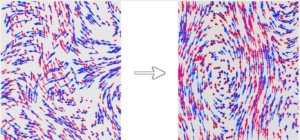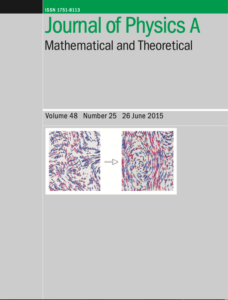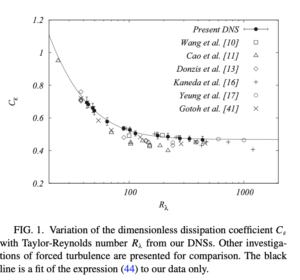How many angels can dance on the point of a pin?
How many angels can dance on the point of a pin?
When I was young this was often quoted as an example of the foolishness of the medieval schoolmen and the nonsensical nature of their discussions. I happily classed those who debated it along with those who, not only believed that the sun was pulled round the heavens in a fiery chariot, but who were quite prepared to specify the precise number of horses pulling the chariot. Later on it seemed that it might have been a sort of reductio ad absurdam, used for critical purposes. Perhaps like the original intention behind Schrodinger’s cat? Later still it seemed that it might be an ironical comment by a seventeenth century protestant theologian. In any case, it has passed into the language as the epitome of foolish and pointless discussion that has some degree of intellectual pretension.
Where then may such pointless intellectual activity be found nowadays? Well, passing over easy targets like the arts, sociology and modern literary criticism, the answer, which may surprise you, is physics. Why should it surprise you? The further answer to that is that physics has been the gift that keeps giving. Over the past century or more, it has given us the impression that it can answer any question, and in the process give rise to amazing developments in science and engineering which alter all our lives for the better. In fact the twentieth-century advances in physics underpin all advances in medicine, transport, engineering and all-round super electronic devices which smooth our paths in so many ways!
As we become less bedazzled by the wonders of quantum theory and relativity, we are more conscious of the inconsistencies, such as dark matter and dark energy, the mysterious use of string theory in many dimensions, and a standard model of the universe which is, in some ways, apparently at a similar stage to the nineteenth-century study of the periodic table, prior to the development of quantum theory. Lee Smolin, in his book The trouble with physics points out the need for a revolution in physics. Roger Penrose in his more recent book Fashion, Faith and Fantasy in the New Physics of the Universe deplores the view that quantum theory has been so successful that it must apply to gravity too. As someone who has always worked in the classical physics area of turbulence theory (albeit using the methods of quantum field theory), I am merely an onlooker. But I have been surprised to notice that much modern physics seems to involve material that I lectured on in statistical field theory to final-year undergraduates and first-year postgraduates. I’m thinking here of topics like mean-field theory and $\phi^4$ scalar field theory. I also tend to feel surprised to see many attempts at a theory of quantum gravity based on the path-integral formulation of quantum mechanics. This is equivalent to solving the Schrödinger equation and one would not do that for a macroscopic box of gas, let alone the universe. Instead, because of the instability of the wave-function, one would use the density matrix formulation.
Every year we turn out thousands of our cleverest young people in all parts of the world to work on cosmology and particle theory. Inevitably their lives are devoted to what can be little more than pedagogical work. In contrast, the important fundamental problems of fluid turbulence receive little attention. I’m not advocating a dirigiste approach of any kind. I very much understand the importance of scholarship and research on fundamentals being a sort of creative ferment. But if a fraction of the effort on lattice QCD went into turbulence simulation, with the same sort of attitudes, it could transform the situation. As it is, we are lumbered with a turbulence community who mostly (it would seem) do not understand the concept of scale-invariance; and therefore do not understand that its onset is what defines the infinite Reynolds number limit!



